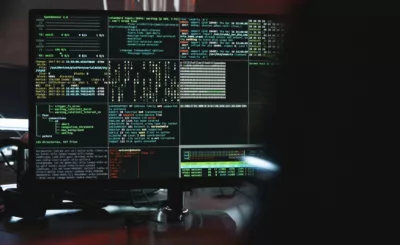I attended CocoaConf on March 16th and 17th. It was one of the best conferences I’ve attended in a long time. Here are some things you can do to make your next conference as good as CocoaConf.
Content
In real estate, the mantra is “location, location, location.” At a technical conference, it’s “content, content, content.” CocoaConf delivered.
My first and favorite talk was “UI Automation” by Jonathan Penn. It was an introduction and guide to using UI Automation, a library to test iOS apps via their UI. Scripts are written in JavaScript. Yes, JavaScript. While everything you need is there, the code can be tedious and low-level. Enter tuneup_js. It adds some extensions to make your scripts feel more like a suite of tests. Check out Cocoa Manifest for slides and more.
I also attended talks by the likes of Daniel Steinberg (Storyboards), Bill Dudney (Documents on iOS 5, Drawing with Core Graphics on iOS), Chris Adamson (Reverse Q&A moderator) and Jeff Bigus (Blocks). These and other sessions I attended were top-notch.
Internet
CocoaConf was held at the Holiday Inn Elk Grove Village. The wi-fi was outstanding. It may have been the best I’ve ever experienced at a conference. Whether using my MacBook Pro or my iPhone, whether in a session, the hallways or the lobby, no matter the time of day, it was FAST!
Feedback
Feedback is essential for the speakers and organizers to adapt to their audiences. How, then, do they obtain this necessity? Make it easy for attendees to give it and offer prizes in return!
In my welcome pack, I found ten review forms, ten being the number of talks I could attend during the three-track, two-day event. The forms were simple and took less than a minute to complete.
For each one I completed, I received a Cocoa Buck with which I could “buy” an entry in the prize drawings to be held at the end of the conference. Ten minutes of my time for ten entries to win a prize. The organizers incentivized feedback in a simple way and made it near effortless for me to share it.
Experiment
In addition to incorporating feedback to improve your talk or conference, you have to be willing to experiment. CocoaConf did just that with its reverse Q&A panel. In the organizers’ words,
“Borrowing an idea from the Penny Arcade Expo (PAX) and the panels held there by Harmonix (makers of the ‘Rock Band’ games), a ‘Reverse Q&A’ literally turns the tables on the traditional panel. Speakers become questioners, and attendees are the ones with the answers.”
The entire audience was engaged in the discussions that grew from the questions asked by the moderator and the panel members. This experiment was a success. I expect the format to be used at future CocoaConfs.
Great People
Time after time, I saw the hotel reception desk worker serve guests extremely well. Also, I heard one guest ask to leave a generous tip for the person who cleaned her room; the person had done a wonderful job.
CocoaConf provided dinner. Since I was fasting until sunset, I asked if I could set aside a plate of food until I was ready to eat. The catering manager and the head chef decided instead to let me place an order later in the evening for anything that attendees were given. They didn’t want me to eat cold food. Wow!
I want to give special recognition to Dave Klein, the organizer, and his family. They were welcoming, kind and helpful every time I interacted with them or saw others doing so. CocoaConf wouldn’t have been nearly as good without people like the Klein family running the show. Thank you.
Your Next Great Event
If you’re a conference organizer or a worker at a venue, emulate CocoaConf. If you’re an attendee, find a conference like CocoaConf. You’ll be very happy that you did.





